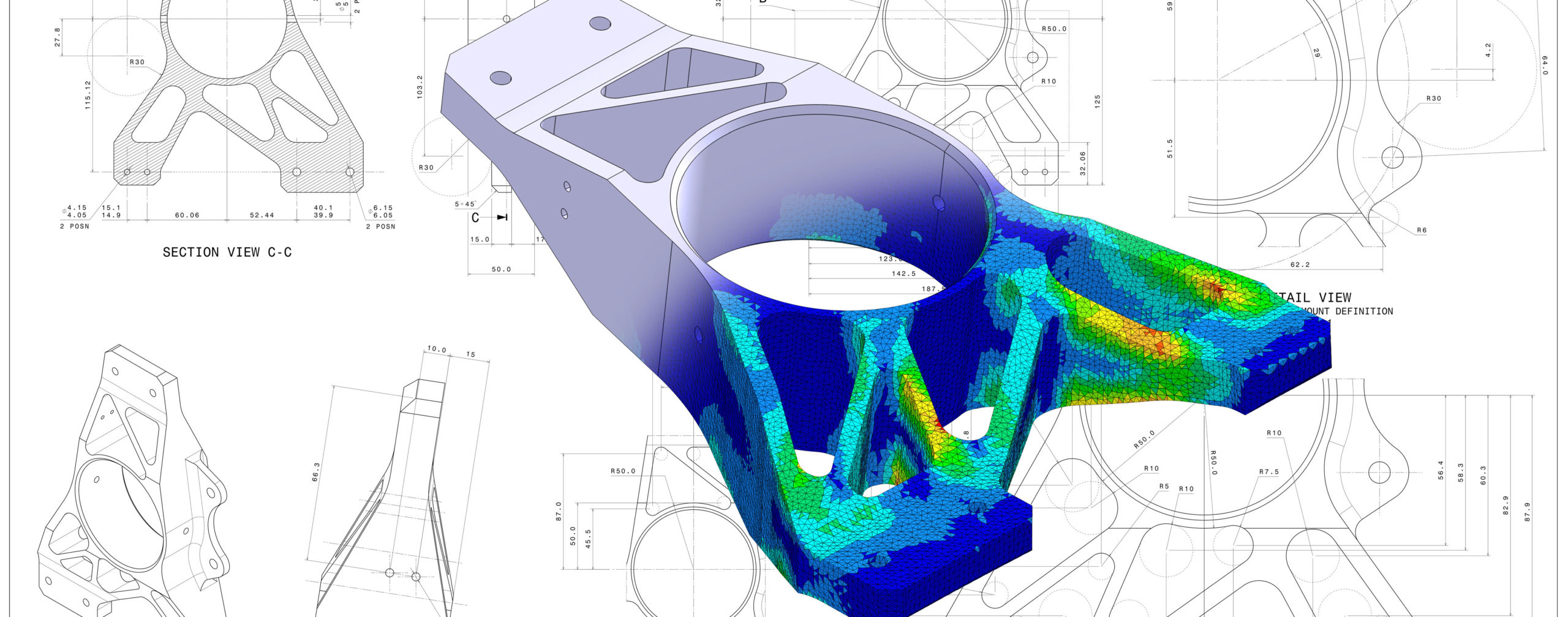
Rotational Molding Design Guidelines
One of the most important things to remember when beginning a rotational molding design project is that the process and materials allow us to expand our imaginations far beyond the practical and mundane. The plastic material can take many forms and therefore can provide a myriad of solutions for the same problem. As with any material there will always be advantages and restrictions to that freedom. Some of the more common are the following:
- Flat vs contoured
- Draft angle
- Wall thickness/ hollow parts
- Structure vs strength
- Design constraints and physical limitations
- Mechanical features
Flat vs Contoured
Whether it is a new product, or you are converting an existing one from another process or material, be aware that the most common material in roto is Polyethylene. P.E.’s physical properties and characteristics can pose some interesting challenges. One of the most critical is the high coefficient of thermal expansion and contraction. We must keep in mind that as the material cools, it shrinks. Shrinkage, in many cases, can cause deformation in surfaces and corners. A flat surface in your design will not want to remain flat. Where possible, adding a “crown” to the surface (compound curvature) will improve the visual appearance of a surface where the cosmetics of the part may be critical to its success.
Draft
In order for the part to be easy to “de-mold”, it is necessary to add draft. In cases where the mold is to be cast, draft is mandatory as without it, the pattern will be difficult, if not impossible, to remove from the sand. In general, and where the part design allows, it is always best to include generous draft angles.
Wall Thickness/ Hollow Parts
While roto molding has come a long way, there are still certain realities we must face. When the mold is “charged” with powder (resin), the volume of this material will determine not only the part weight, but also the wall thickness. More material equals thicker wall and a heavier part, and vice versa. Due to the flow of the material inside the heated mold, it is not possible to control the consistency of the wall thickness. Generally speaking, material will tend to “puddle” in corners and tight spaces, creating added thickness. It is always best to avoid sharp corners by including generous radii and fillets in order to insure smooth and more even flow of material.
Roto molded parts are hollow by nature, also known as “double wall parts”. You cannot mold single walls, bosses, ribs or any other internal design features that are not transferred to the outer surfaces. When an opening is cut into the part, or an unwanted area is removed, it now becomes “single wall” part.
Structure vs Strength
Ribs or grooves in a surface can help to add structural strength to a molded part. These design features can also detract from the strength of a part if not designed with basic physical principles in mind. A series of ribs or grooves in a surface that extend out to the edges of that part can easily behave like a “hinge” in one direction while adding strength and stiffness in the other. A grid pattern of grooves can create the hinge effect in two directions while the same grid in a raised rib design can produce the opposite effect.
Shear planes in the form of “kiss-offs” can provide strength and support by tying two opposing surfaces together. These design features are an excellent way to provide rigidity and “load bearing” capability.
In some cases, the product may require additional strength, buoyancy or even some level of thermal enhancement. As discussed earlier, roto molding produces hollow parts. This allows for the option to “foam fill” by injecting the part with a variety of available foam products to achieve the desired effect.
Design Constraints and Physical Limitations
Care must be taken to allow for the physical properties of the material when designing for roto. Today’s modeling software can provide us with instant information for determining whether we have a “moldable” design. If a part is very small, or very thin between walls, the volume of the mold cavity may not hold an adequate amount of material in order to mold that part at the desired wall thickness, or even to mold the part at all! If the design calls for an area in the part where the mold walls are very close together, the material may begin to “bridge” thereby causing a potential blockage and preventing the part from molding properly. A general “rule of thumb” is that the designer should provide at least five times the design wall thickness between interior mold walls.
Mechanical Features
As in other processes, roto molding allows us to mold-in threaded metal inserts for use in “multi component” assemblies. Whether you are developing a toolbox with hinged lid, or a holding tank for an RV or boat, you will want to attach parts together or to something else. Brass, aluminum, and stainless steel inserts in a wide variety of shapes and sizes are available. In cases where plumbing is involved, and thread sizes might be too small or fine to mold-in. “Spin welded” plastic fittings may be considered. These fittings can be added to a part by spinning them against the surface of the part at a very high RPM, allowing friction to meld the fitting to the part. This produces a permanently attached, leak free fitting at a very reasonable cost.
